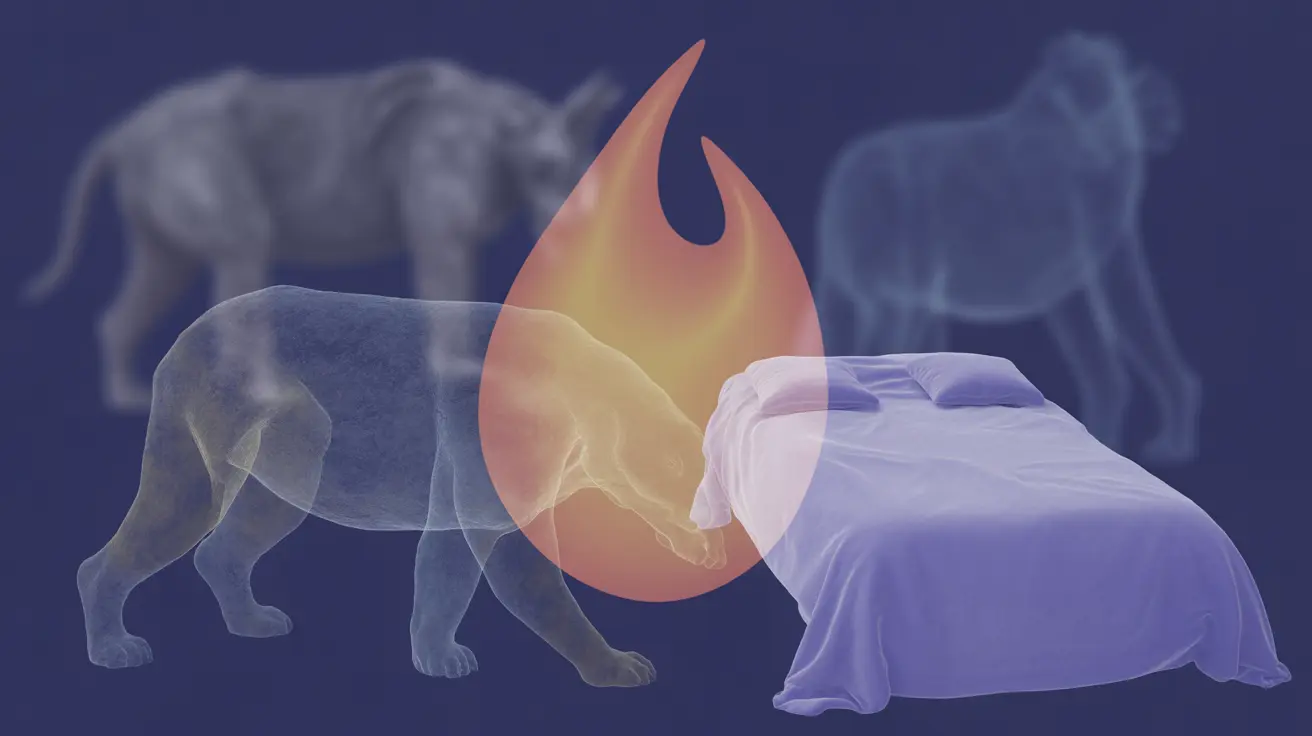The Macdonald triad, also known as the "triad of sociopathy," has long captivated both professionals and the public as a potential early warning system for identifying future violent offenders. This collection of three childhood behavioral patterns was first proposed in the 1960s as possible predictors of violent tendencies, particularly related to serial killers. However, modern research has revealed a more complex picture that challenges its reliability as a predictive tool.
Understanding the Macdonald Triad
The Macdonald triad consists of three specific childhood behaviors: animal cruelty, fire-setting, and persistent bedwetting beyond the age of five. While these behaviors were initially thought to be reliable predictors of future violent behavior, current research suggests a more nuanced interpretation is necessary.
Breaking Down the Three Behaviors
Animal Cruelty
Animal cruelty is perhaps the most concerning of the three behaviors. This can range from intentional neglect to direct physical abuse of animals. While this behavior is indeed troubling and requires immediate intervention, it's important to note that not all children who harm animals become violent adults, and not all violent adults had a history of animal cruelty.
Fire-setting (Pyromania)
Fire-setting behavior, or pyromania, involves a fascination with starting and controlling fires. This behavior may stem from various psychological needs, including a desire for attention, expression of anger, or attempt to gain a sense of control. However, many children who experiment with fire do so out of curiosity rather than malicious intent.
Persistent Bedwetting (Enuresis)
Bedwetting beyond age five (nocturnal enuresis) was included in the triad based on observations of adult offenders. However, modern research shows this is more likely a symptom of childhood trauma or developmental issues rather than a predictor of future violence.
The Role of Childhood Trauma
Research has shown that these behaviors often correlate with childhood trauma, abuse, or neglect rather than serving as independent predictors of future violence. Children exhibiting these behaviors typically need support and intervention, not stigmatization or fear-based responses.
Common Risk Factors
- Exposure to domestic violence
- Physical or emotional abuse
- Severe neglect
- Unstable home environment
- Lack of consistent caregiving
- Social isolation
Modern Understanding and Professional Perspectives
Today's mental health professionals emphasize that no single set of childhood behaviors can definitively predict future violent tendencies. The focus has shifted to understanding these behaviors as potential signs of distress that require immediate support and intervention rather than treating them as guaranteed predictors of future violence.
Frequently Asked Questions
What are the three childhood behaviors known as the Macdonald triad linked to serial killers?
The Macdonald triad consists of animal cruelty, fire-setting (pyromania), and persistent bedwetting beyond age five (enuresis). These behaviors were historically associated with future violent tendencies.
Can cruelty to animals, fire-setting, or bedwetting in childhood predict someone will become a serial killer?
No, these behaviors alone cannot predict whether someone will become a serial killer. While they may indicate underlying trauma or distress requiring intervention, they are not reliable predictors of future violent behavior.
How reliable is the Macdonald triad as an indicator of future violent or homicidal behavior?
Modern research has shown that the Macdonald triad is not a reliable predictor of future violent behavior. While these behaviors may indicate psychological distress, they should be viewed as potential signs that a child needs support rather than definitive predictors of future violence.
What childhood factors or trauma are associated with the behaviors in the Macdonald triad?
These behaviors often correlate with experiences of physical abuse, emotional neglect, domestic violence, unstable home environments, and various forms of childhood trauma. The behaviors may be symptoms of these underlying issues rather than predictors of future violence.
Why do experts consider the Macdonald triad more of a myth than a proven warning sign for serial killers?
Experts now view the Macdonald triad as overly simplistic because it lacks strong scientific evidence supporting its predictive value. Research has shown that these behaviors are more likely indicators of childhood trauma or distress rather than reliable predictors of future violent behavior.




